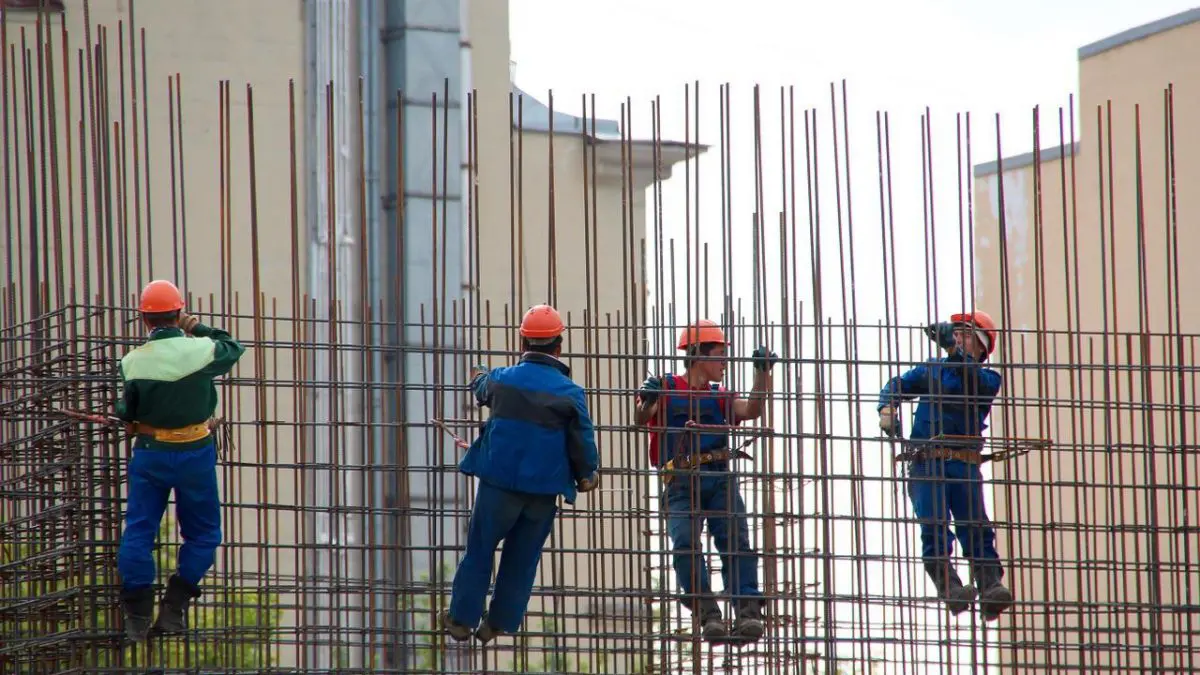Risk is deeply entwined with the construction industry. Be it the risk of human life, project cost management, disrupted supply chains, compliance, and so on. However, often neglected, the most significant risk mitigation lies under the most underrated head- our processes!
Effective risk management can help construction firms cope with decreasing costs and profit margin gaps. Also, save their reputation. And along with appropriate process management, it can also enable the delivery of projects as committed.
Risk management software like construction management tools that enable connected construction are the modern-day solutions to managing risks plaguing the E&C industry in an effective and efficient manner.
How Risk Management Software Can Help Mitigate Construction Risks
#1: Risk Management Through Enhanced Visibility
Risk management software that enables in-depth, real-time visibility into processes is one of the most significant disruptors and saviours of the E&C industry.
Visibility into processes enables construction firms to work proactively instead of being reactive. How? The software facilitates better and more timely communication, which ensures more collaborative and insight-driven decisions.
For example, the various construction management tools show real-time insights into the project’s costs and progress down to the smallest detail. The software can even inform you about the projected project cost and completion date.
If you are overrunning the costs or delivery date, one can quickly dig out the reason for it and work proactively towards the goal. Also, if you are running ahead, it lets you know what worked in your favour!
#2: By Staying Compliant Every Day
A significant advantage of connected construction is more consistent compliance.
Staying compliant is not only necessary for the namesake, but it also has the potential to give a competitive advantage to construction firms.
The current manual processing using spreadsheets and paper reports is insufficient and a cumbersome way to handle compliance. They make it hard to collect and keep track of all the data.
Moreover, compliance is usually kept for the last day in the current construction setup. This sidetracks the teams because of the sudden load of collecting the vast amount of data. This affects the team productivity and project schedule.
Also, collating data all at once is an error-prone retrospective approach.
Here is where connected data environments step in. A construction management tool has in-built compliance activities, and it also promotes construction according to standards by automating and documenting the snagging and inspection processes.
This is how connected construction evades the risk of audit issues and delayed projects to some extent!
#3: By Providing A Single Source Of Truth
Modern construction management tools bring all stakeholders, contractors, owners, consultants, and the workforce onto the same platform. This platform has all the data and processes as well. It organizes everything neatly in one central location. Moreover, it allows giving different permissions to different roles and people.
The various advantages of this connected construction are:
- It makes available the necessary project data and real-time project insights directly from the site, at any time and any place, on a smartphone, tablet, or desktop. This accessibility and visibility enables the various stakeholders to identify potential risks and make changes to the plan accordingly
- For example, let’s say the projected project cost is overrunning the budget. You can instantly dig out the issue using the software, rectify it and thus mitigate the risk.
- This visibility and accessibility also enable better decision-making. All can see the same data from the labourer to the firm owner. Obviously, the data set differs according to authorization. But this consistency and availability in data help make more reliable and more intelligent decisions.
- This cross-project visibility ensures all data is transparently accessible by all stakeholders. For example, the owner can check every bit of project progress. At the same time, the contractor can see every detail of project costing. And consultant can check the inspections, snagging reports, and the built in real-time. All of this transparency builds confidence and accountability amongst the various stakeholders.
Connected Construction Empowers The E&C Industry For Continual Risk Mitigation
In a nutshell, connected construction tools like construction management platforms help the various stakeholders mitigate the continuous risks that appear on construction sites regularly.
These common data environments allow visibility and custom accessibility, streamlined communication, and analytical insights into the project data ensuring timely risk mitigation.
Most have a dedicated risk management module where you can identify risks, define a mitigation plan, and assign the authority for the action plan.
You can classify these risks under various heads like time-related, safety-related, and legal-related and carefully evaluate their probability and impact.
Identifying risks enables you to capture potential indicators before the unfortunate event occurs. The documentation allows you to gain awareness of the governance and mitigation plan.
Upon identification, the software offers guidance based on the documentation into risk mitigation and remedial measures. It provides the functionality to map corrective actions to eliminate/reduce/ transfer the risk. It also identifies the official needed to act upon the risk mitigation plan.
In the end, the software generates, exports, and shares automated PDF risk management reports. These reports illustratively show various risks, their assessment, triggers, and mitigation plans in a single pane for finding their resolutions.


